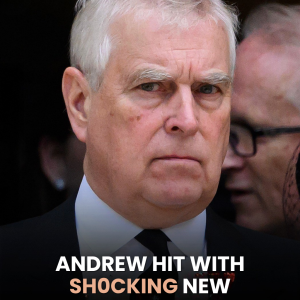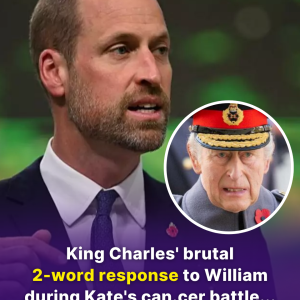
As the death toll from the catastrophic Texas floods climbs past 80, officials and citizens alike are searching for answers—and asking whether more could have been done to prevent the tragedy.
One of the hardest-hit areas was the Guadalupe River, where water levels surged 26 feet in just 45 minutes. Among the victims were at least 27 girls and staff members at Camp Mystic, a Christian summer retreat that was caught in the storm over the Fourth of July weekend.
“Our hearts are broken,” camp officials wrote in a statement. “We are in contact with local authorities and continuing to search for the missing girls. We ask for prayers and privacy for all the families affected.”

State emergency officials described the rainfall as unprecedented, with four months’ worth of precipitation falling in a matter of hours. Some critics have pointed to alleged shortcomings in storm warnings, while others have questioned whether recent federal staffing cuts played a role.
Forecast accuracy questioned after flash floods
At a press briefing on Friday, Texas Emergency Management Chief W. Nim Kidd said the original forecasts from the National Weather Service (NWS) underestimated the potential rainfall.
“The forecasts we had expected 3 to 6 inches of rain in the Concho Valley and 4 to 8 inches in the Hill Country. What actually fell went far beyond that,” he said.

However, meteorologists familiar with the situation defended the agency’s performance. “The forecasting was good. The warnings were good,” meteorologist Chris Vagasky told CNN. “But it comes down to whether people are receiving and acting on those warnings—that’s often where things fall apart.”
Tom Fahy, of the National Weather Service Employees Organization, acknowledged that the San Antonio office was operating without two key leadership positions: a science and operations officer, and a warning coordination meteorologist. Both roles are vital in improving forecasting strategy and public outreach. Still, Fahy said, “There were enough skilled forecasters on duty to respond effectively.”
Trump denies NWS staffing decisions were a factor
The tragedy has renewed scrutiny of recent changes at the National Weather Service. Earlier this year, the Trump administration implemented significant staff reductions—cutting or retiring nearly 600 NWS positions, with Elon Musk’s Office of Digital and Government Efficiency (DOGE) overseeing some of the changes.

Despite the criticism, President Donald Trump dismissed the idea that the cuts were responsible for the lack of warning. Speaking to reporters at an airport in New Jersey, he called the event a “100-year catastrophe” and suggested the failures—if any—stemmed from the previous administration.
“That was a Biden setup, not our setup,” Trump said. “But I wouldn’t blame him either. Nobody could’ve seen this coming.”
Trump added that Homeland Security Secretary Kristi Noem would remain in Texas to coordinate relief efforts, though he did not confirm whether he plans to visit the affected areas himself.

When asked if additional hires would help the NWS in future emergencies, Trump replied, “This was something that happened in seconds. Very talented people were involved, and they didn’t see it. So, I’m not sure hiring more people would have made a difference.”
As emergency crews continue recovery and search efforts, the nation is left grieving—with many questions still unanswered.



